




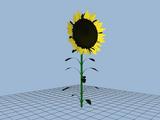 |
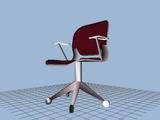 |
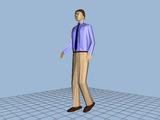 |
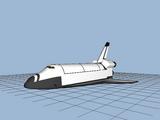 |
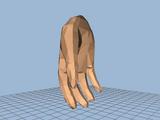 |
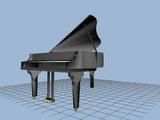 |
 |
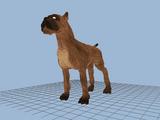 |
3D Models
The benchmark contains a database of 3D polygonal models collected from the World Wide Web. For each 3D model, there is an Object File Format (.off) file with the polygonal geometry of the model, a model information file (e.g., the URL from where it came), and a JPEG image file with a thumbnail view of the model. Version 1 of the benchmark contains 1,814 models.
Training and Test Databases
The benchmark set of models has been split into a training database and a test database. Algorithms should be trained on the training database (without influence of the test database). Then, after all exploration has been completed and all algorithmic parameters have been frozen, results should be reported for the test database. In Version 1, the training database contains 907 models, and the test database contains 907 models.
Classifications
In order to enable evaluation of retrieval and classification algorithms, the benchmark includes a simple mechanism to specify partitions of the 3D models into classes. In Version 1, we provide a "base" classification that reflects primarily the function of each object and secondarily its form. The base training classification contains 90 classes, and the base test classification contains 92 classes. We also provide coarser granularities of the base classification for further experimentation. The base classes are merged to form successively coarser-grained classes. In the coarsest version of the classification files, there are only two classes, natural and manmade, where natural models appear in nature.
We expect that many possible classifications are possible for a given database of 3D models. Therefore, we use a simple classification file format to describe the classes and their members. We expect to provide alternate classifications using this mechanism in the near future, and we encourage other researchers to submit interesting classifications for inclusion in future versions of the benchmark.
Software
We provide free source code to help you parse and work with the benchmark files. For instance, we provide sample code for: (1) parsing Object File Format (.off) files, (2) parsing classification (.cla) files, (3) visualizing .off files in an interactive OpenGL viewer, (4) visualizing classifications with interactive Web pages, (5) creating plots of precision and recall for a shape retrieval, (6) analyzing the retrieval results by a variety of statistics, (7) viewing web pages of the retrieval results with each model as the query, and (8) images of the distance matrix either viewed as black and white distance values between two models or as the first and second tier retrieval results. We hope to add more code examples in the near future.
Downloads
You can download all files in Version 1 of the Princeton Shape Benchmark, including models, documentation, and classification files as either a zip file (130 MB) or a gzipped tar file (131 MB). Before downloading the files, please send email so that we know who is using the files and can alert you to updates in the future.
Smaller subsets of the full model database, each less than 40MB
- Model directory 0-3
- Model directory 4-9
- Model directory10-13
- Model directory 14-18
- Documentation and Classification files
- Utility source code
In citing the Princeton Shape Benchmark, please refer to:
Philip Shilane, Patrick Min, Michael Kazhdan, and Thomas Funkhouser
Please be sure to acknowledge the source of the models you take from this repository.
We provide the data and software to promote research in shape-based retrieval and analysis.
However, they can only be used for academic purposes and cannot be used for commercial products
without permission. Please let us know if you have feedback about the Princeton Shape Benchmark, have found
it useful for your research, or wish to submit data to be included in future versions. Click
to send email. Citation
The Princeton Shape Benchmark
Shape Modeling International, Genova, Italy, June 2004
Restrictions
Feedback

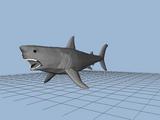 |
 |
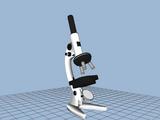 |
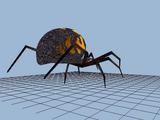 |
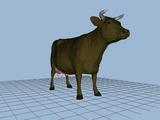 |
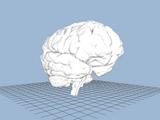 |
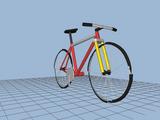 |
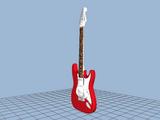 |

